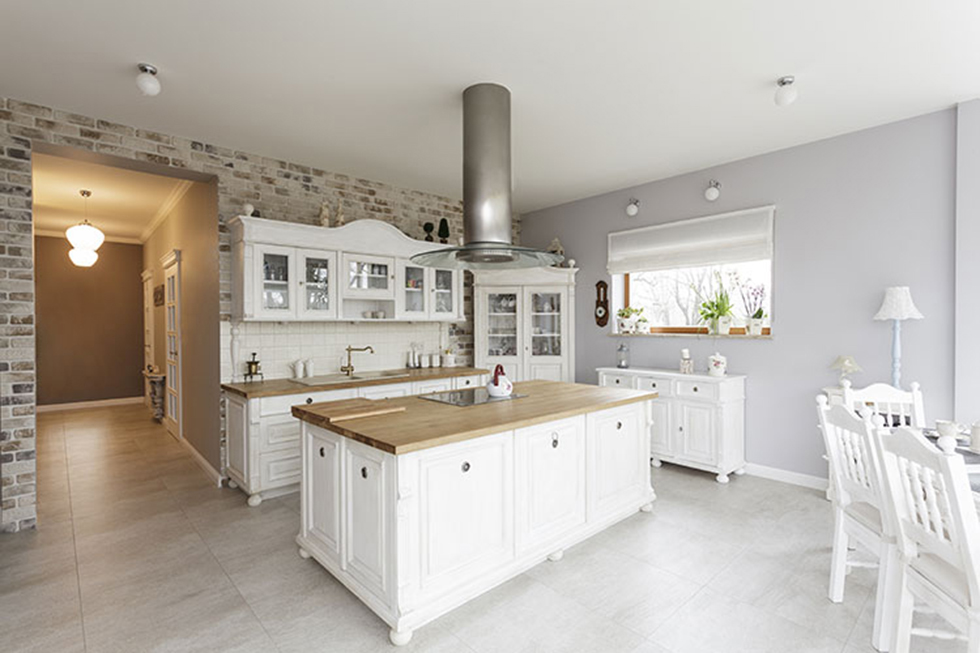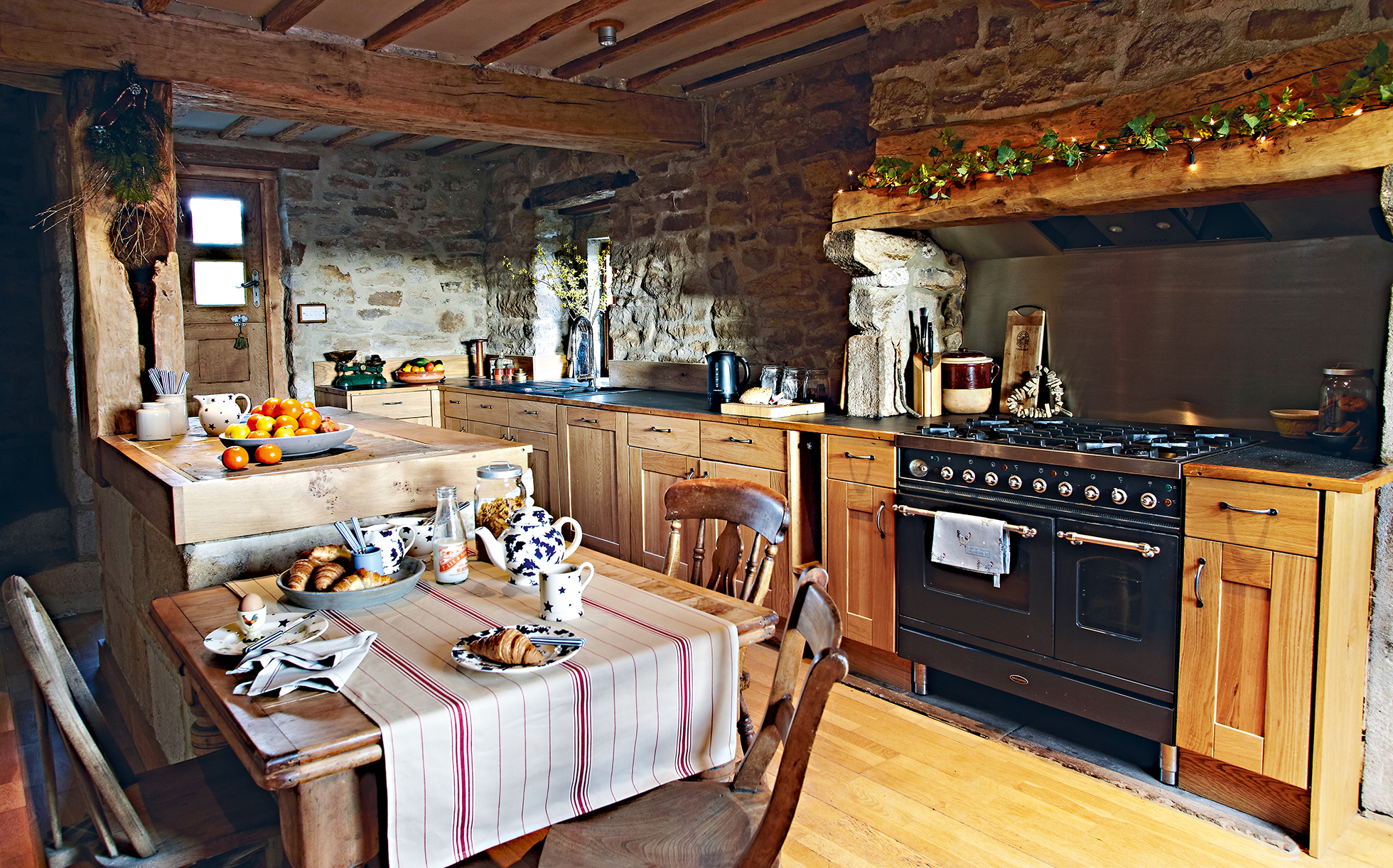
Content supplied by Warmup
Hardwearing and easy to care for, luxury vinyl tiles have increased in popularity in the past few years; but only recently have homeowners started to install underfloor heating under vinyl. Luxury vinyl tiles are ideal for use with underfloor heating – the heat up times will depend on the level of insulation within the build-up, but in general, vinyl flooring heats up and cools down quickly, making it the perfect choice of flooring anywhere in the house.
Both electric and water based underfloor heating systems work well under vinyl and there are a variety of systems you can choose from. Your choice will depend on your project and your preferences.
Electric systems
Electric underfloor heating is ideal for areas less than 25m2. It is installed directly under the floor finish with a minimal increase in floor height which is one of the reasons why it is so popular in renovations. Foil underfloor heating is designed for use under vinyl flooring and it is installed with insulated underlay and dual overlay to provide a fast heat-up time. This also makes the system more efficient to run when vinyl flooring is installed as a floating floor.
Water based systems
Water based underfloor heating systems are fitted onto the structural subfloor and can be used with any floor finish suitable for use with underfloor heating. These systems are usually best suited for new builds as the installation in screed is easier to do when building a new floor. However, some of the latest systems offer low profile water underfloor heating that has a minimal impact on the floor height. When thinking of getting a water based system, you should check that your boiler or another source of heat is capable of supplying water to the underfloor heating system.
Temperature control and maximum floor temperature
Vinyl is subject to a top floor temperature restriction of 27°C which is controlled by a thermostat. So when considering installing underfloor heating with vinyl flooring, you must get a heat loss calculation to ensure the underfloor heating system meets the heat requirement of the room.
When choosing a thermostat, you will have a range of options to choose from and if you’re energy conscious, you can even get a thermostat that will save money on your heating bills by finding more efficient ways to heat your home. Smart thermostats (such as the 4iE Smart WiFi Thermostat) help to keep your energy bills in check, so it’s worth looking into different thermostats and choosing one that will suit your lifestyle.
Installation
When it comes to installing vinyl flooring, this can be completed by a competent DIYer or a professional installer in a matter of hours. When installing electric underfloor heating systems, a certified electrician must fit the thermostat and make any electrical connections. For water based systems, you will need a plumber and electrician to provide the final connection.
When it comes to electric systems, vinyl flooring can be installed either as a floating floor or as a glued floor finish. If the vinyl is going to be floating, it is installed with insulated underlay and dual overlay with the exception of a wetroom or bathroom where dual overlay boards must not be used as these are not suitable for wet areas.
In the case of installation onto wet areas, the vinyl needs to be used with an under tile heater instead of a foil heater. The under tile heater must be covered with a minimum of 10mm latex screed or self-levelling compound over the top. The vinyl flooring is then adhered to this base.
A thing to note is that any adhesive used in the installation must be suitable for use with underfloor heating so check this before purchasing any adhesive. You should also always check with the flooring manufacturer that the flooring is suitable for use with a floor heating system.
Cost of the system
Underfloor heating adds a touch of luxury to your home so if you’re thinking of getting a system, get a quote. This will also give you chance to speak to an expert who can advise whether the system meets your requirements, and tell you how much it costs.
Join our newsletter
Get small space home decor ideas, celeb inspiration, DIY tips and more, straight to your inbox!
Real Homes is committed to sharing the best advice on everything from renovating your home to what products to fill it with. From DIY how tos, to ideas galleries and reviews Real Homes offers knowledge and expertise to help you do what you need to do, in a way that hopefully makes the process fun and easy. Our sponsored content is not an editorial endorsement, but allows you to connect with brands to assist your home renovation journey and alerts you to products you may not have known about before.
